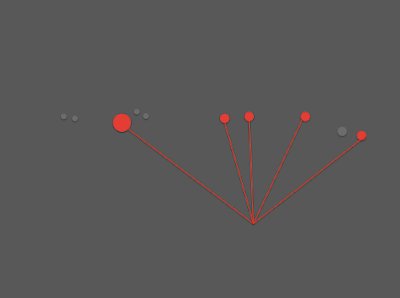this section deals with the idea of mapping and recording flows and connectivities.
Part 1: The figure and the ground
Line/drawings capacity to draw attention to or map existing spatial and social relations. Making visible. How does drawing make visible the invisible? Drawing as a recording tool, observation, a making visible of that which is not usually visible? The frequency of drawing – tuning in, drawing attention. Drawing capable of recording the flow of bodies, pedestrian flow, the choreography of city space. Looking and drawing. Drawing flow. Flow drawing. Drawing out. Coaxing process into form. Understanding habitual flows. Between drawing and photography and writing. Working out the conditions - what are the conditions for an action? What is the context of a performance? What is the ground upon which the figure works?
Mapping flow and connectivities – the current of place.
Identifying Location
· Draw a line or diagram on the map – imagining the idea of cross section of the city. Identify a series of points along the line. Visit. Spend time in each place. Devise ways to measure and record the current of flow and connectivity
· Or follow Georges Perec and select place by more poetic means. ‘(F)ind a route that would cross [your city] from one side to the other taking only streets beginning with the letter C'. or 'prepare a journey that would enable you to visit or pass through all the places that are 314.60 kilometers from your house’. Draw a circle on a map, or select places alphabetically. Throw a dart to decide your location, flip a coin, cast dice
· Or take a map and plan more purposefully a set of different locations within easy walking distance, which have different psychological atmospheres.
· Pick a location randomly (as though out of hat). What places offer a diversity of flow and connectivity, what is the current of a meeting place, a place of transition, a place to be avoided, a place passed through with speed, a place lingered in, a place crossed, a destination, a back street, the high street, a shopping mall, a place of arrivals and departures, a place of protest, a place of silence, places for lying down on the grass, places for drinking coffee.
Research activity
Understanding Ground, the conditions in which a performance happens or could happen. Exploring sites as possible ‘pages’ for intervention, what is the texture of a space. What is the nature of its ground. How receptive is it? How much could it be worked? The focus of the task is one of finding ways to record and show flow and connectivity.
General:
(1) Pay attention (draw map, record) existing flows and connections. Take a measure of a space. Developing understanding of the ground, the context, the page. The existing marks on the page. The page is never blank. Knowing how to act or intervene in response. Repeat or counter, disrupt or maintain. Think about methods of recording: drawing, writing, photographs, sound.
* Draw fast and without hesitation
* Drawing blind – feel/hear/sense the flow
* Focusing on the small localized pattern of one individual
* Focusing on the pathways across one space.
* Map gaps
(2) Emergent choreographies. What shape does a mark take? What is the figure to the ground? Identifying a mode of making a mark. Refrains. Fragments of behaviour. Glean and borrow gestures, gesture as graft, making scores. What is the nature of the intervening line? What shape is the conscious body operating on the ground.
















